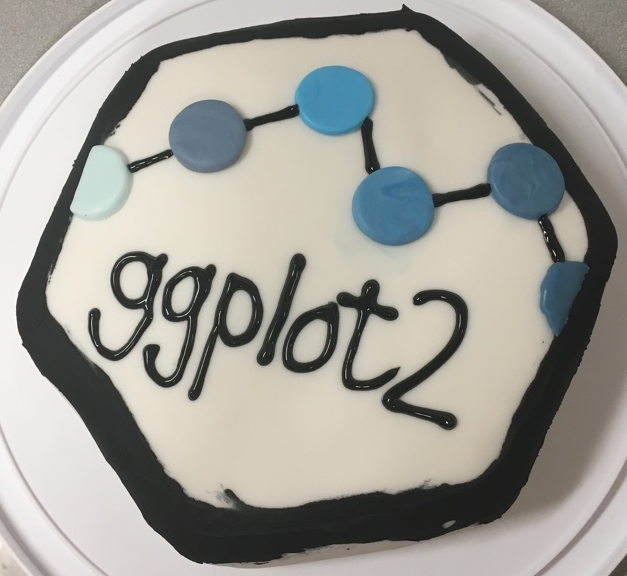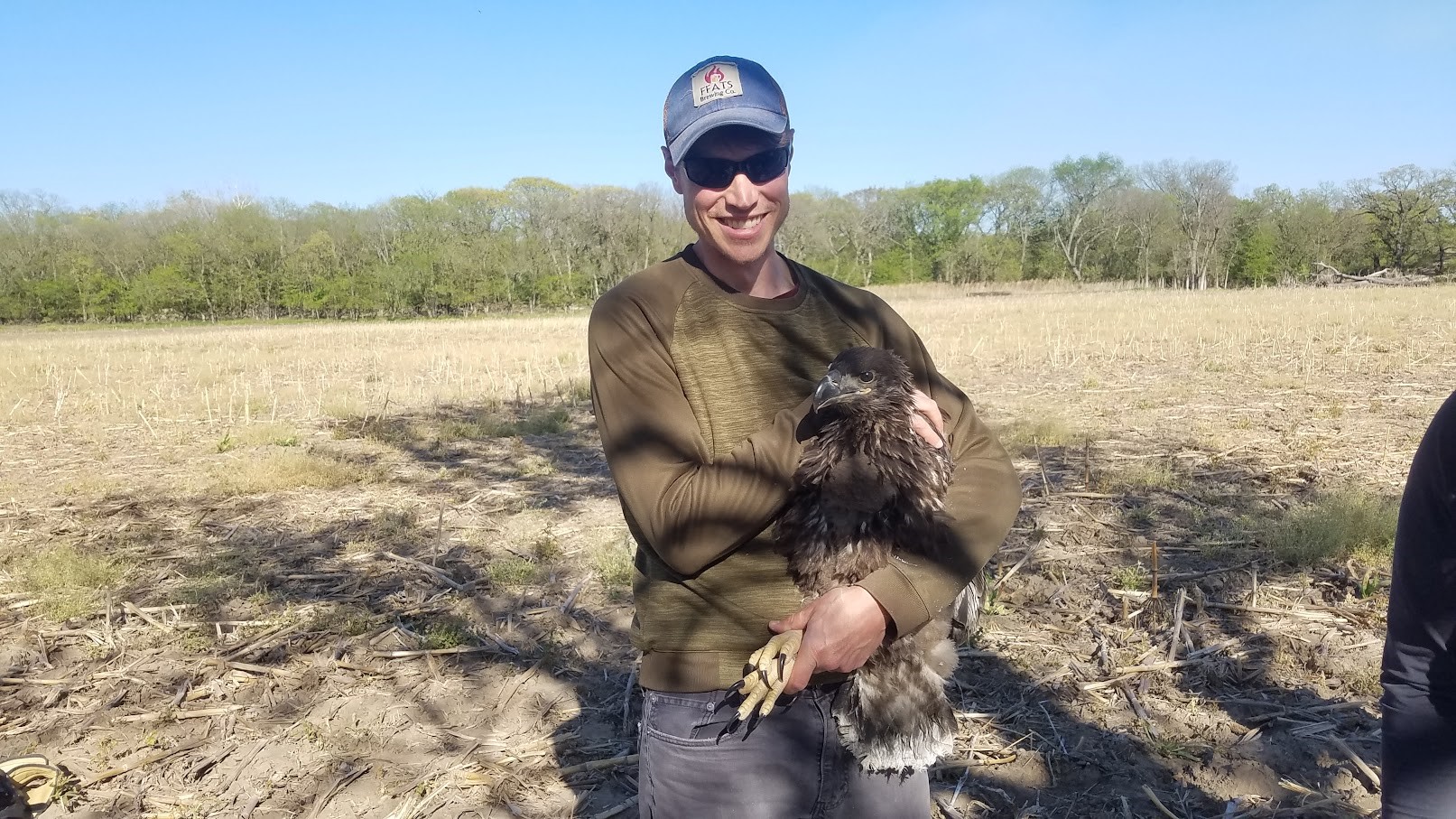
In this talk I describe a collaboration with research wildlife biologists and statisticians to analyze over 2 million data points collected from GPS telemetry devices attached to bald eagles. My research project involved two phases: unsupervised learning, and supervised learning. The intent of this project was to understand land types where bald eagles might be at greater risk of collision with industrial wind turbines to inform placement of wind farms.
Read more →
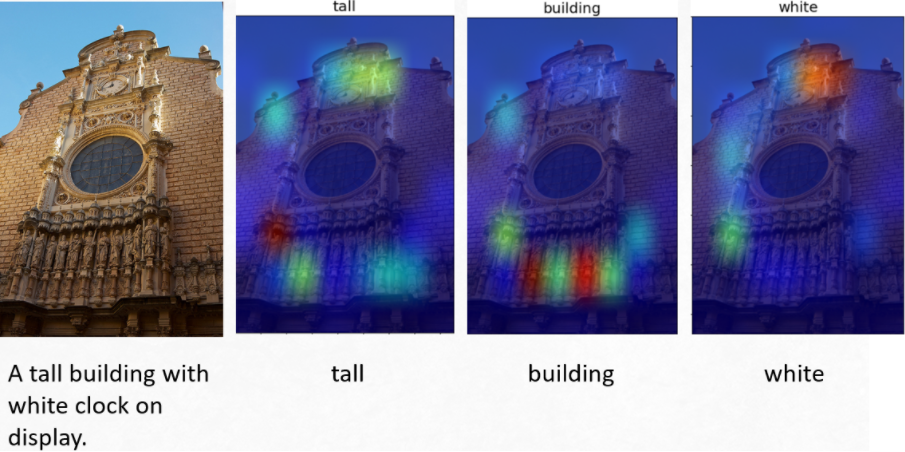
Automatic image captioning is the process of generating a descriptive text description for an image. Image captioning is one of the few applications of deep neural networks where we work with image and text data simultaneously. This captioning model can be trained using standard backpropagation techniques such as Stochastic Gradient Descent (SGD). I trained this model on the MS-COCO dataset with real-world images of humans, animals, vehicles, etc., in various situations and surroundings.
Read more →
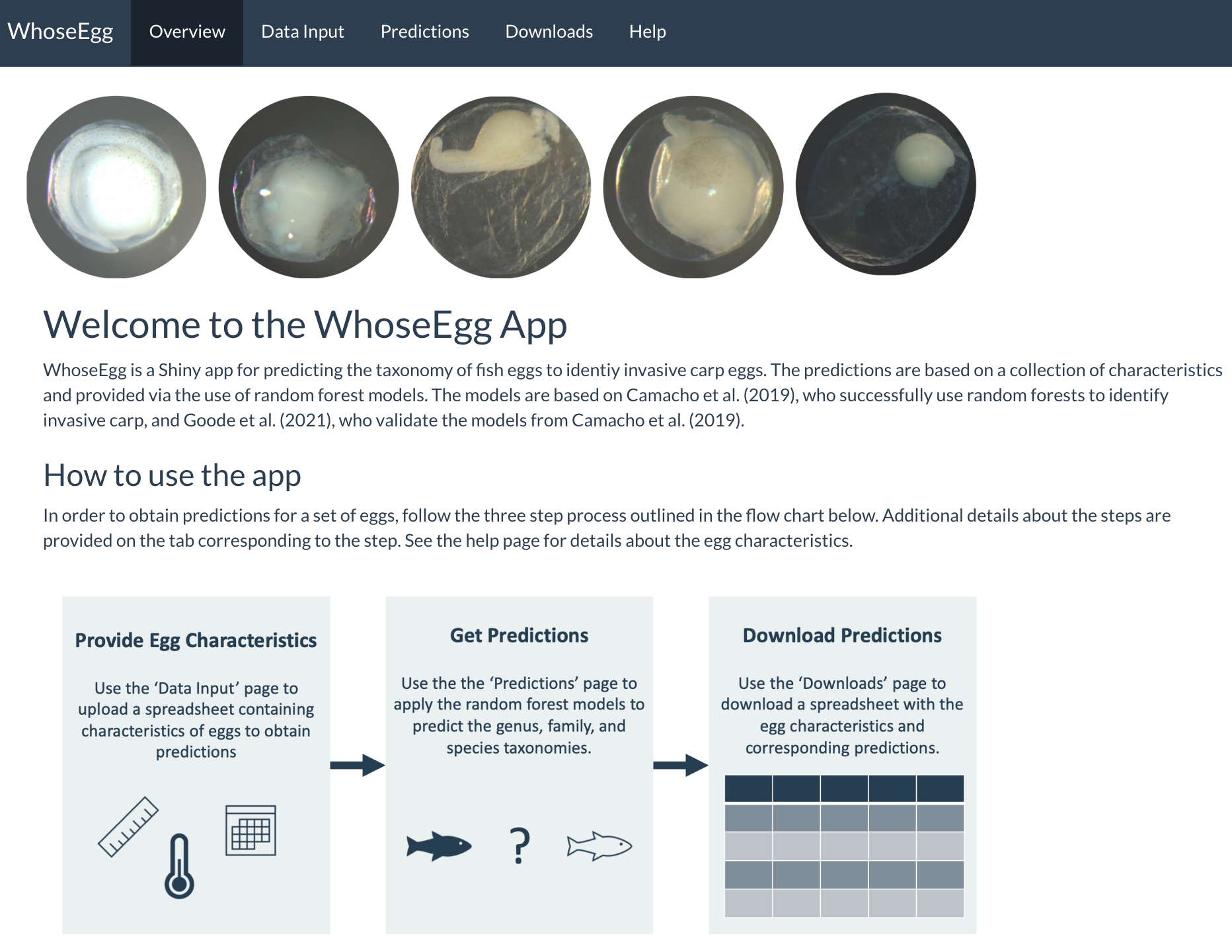
The fish species of Grass Carp (Ctenopharyngodon idella), Silver Carp (Hypophthalmichthys molitrix), and Bighead Carp (H. nobilis) are categorized as invasive carp in North America. There is interest from a natural resource management perspective to monitor the populations and spread of the fish species. A common monitoring practice is to collect and genetically identify fish eggs, but this process is both costly in money and time. Camacho et al. (2019) demonstrated the use of machine learning as a possibility for a more efficient method of identifying invasive carp.
Read more →
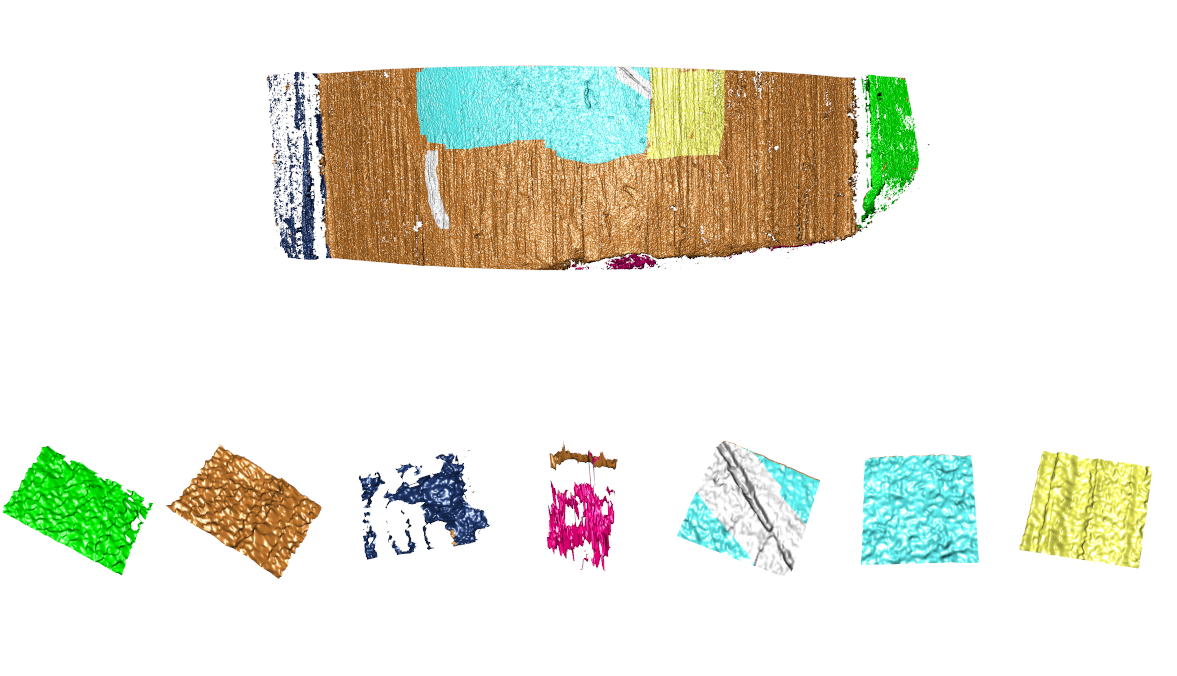
Accurately labeled data ensures a supervised learning algorithm’s ability to correctly classify new, unseen instances. Currently, sections of a land engraved area scan, represented as 3d topographical data, are annotated by a trained operator. Manually annotating land engraved area scans is a time-consuming process. We propose using trained neural networks to automate the labeling of these land engraved area scans. Using the currently labeled land engraved area scans, we present a data processing pipeline that transforms surface data for multi-classification 3d convolutional neural networks.
Read more →
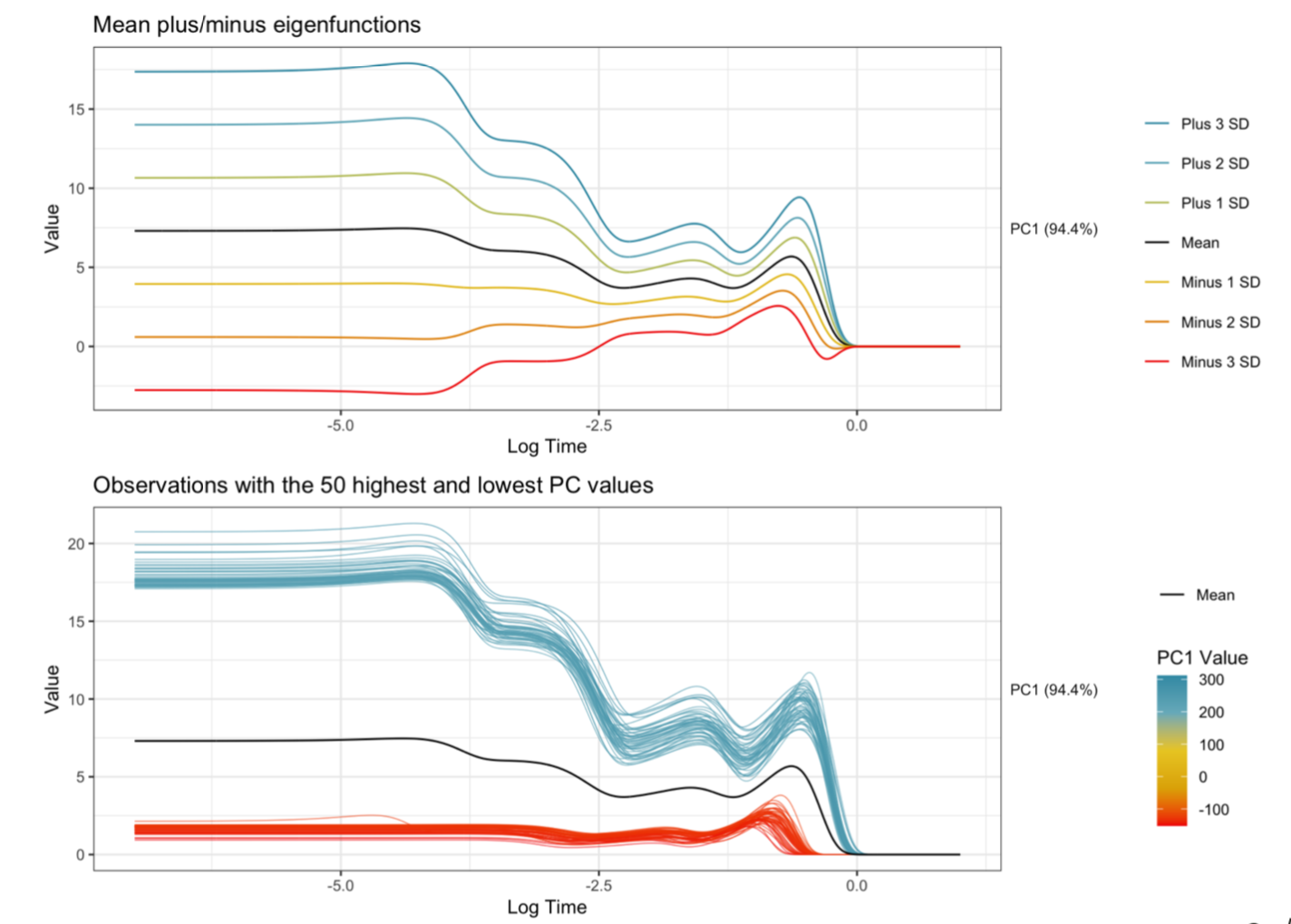
Explainable machine learning has become a quickly growing area of research as the use of black-box models continues to increase. While many methods have been proposed, little research has been done relating to applications involving functional data. As an intern at Sandia National Laboratories, I have been helping to develop methods to provide explanations for an application focused on predicting explosive device characteristics using optical spectral-temporal signatures from explosions. In this talk, I’ll discuss our approach that involves transforming the functions using functional principal component analysis, training neural networks on the functional principal components, and using permutation feature importance (PFI) to identify the principal components that are important for prediction.
Read more →

